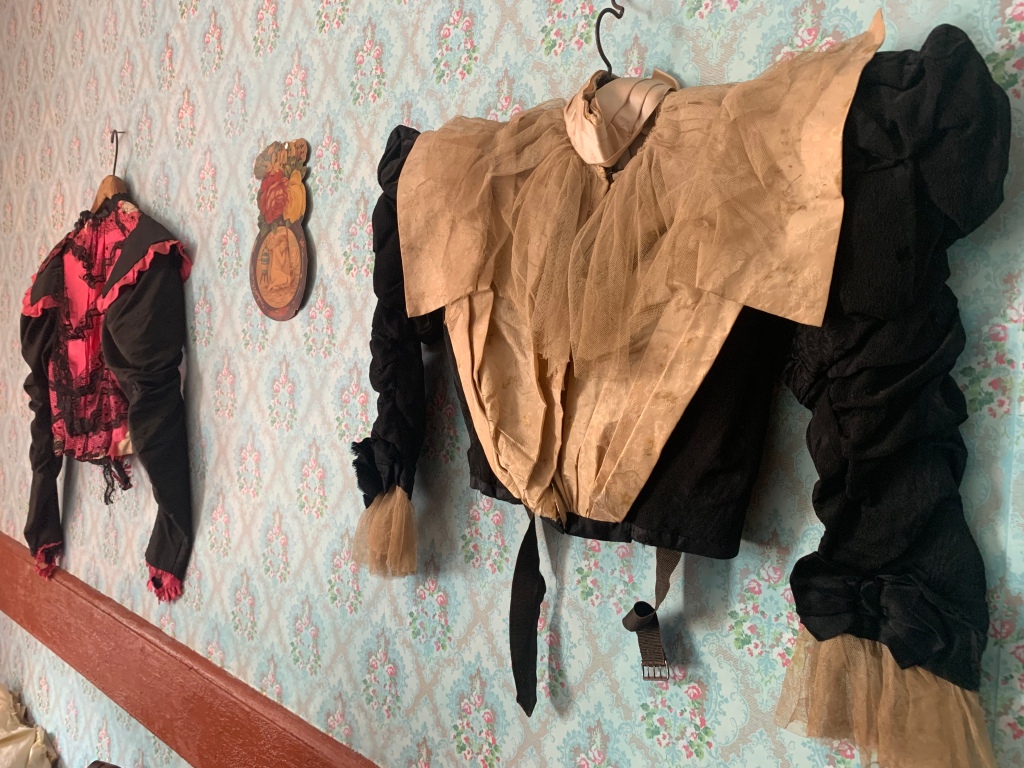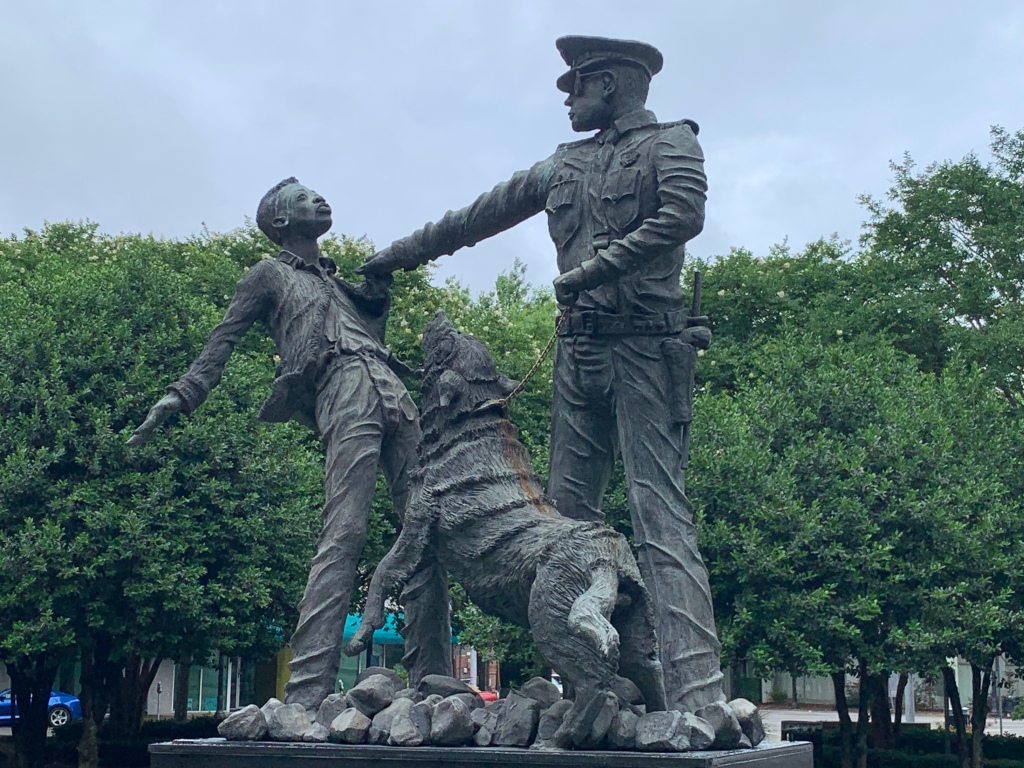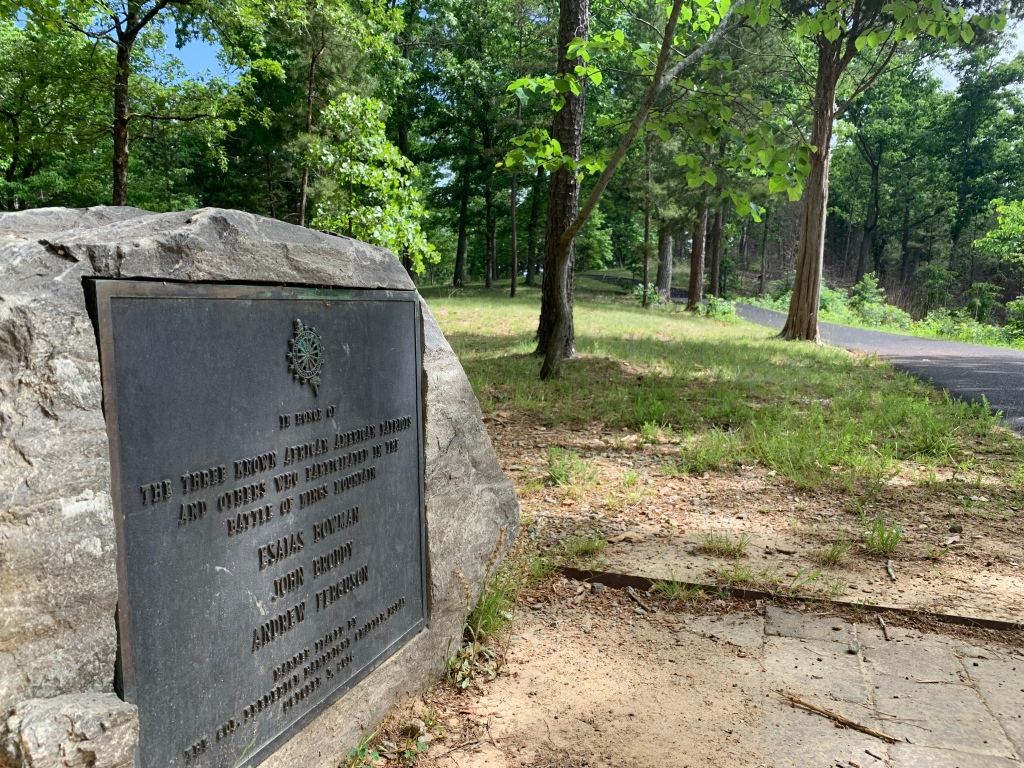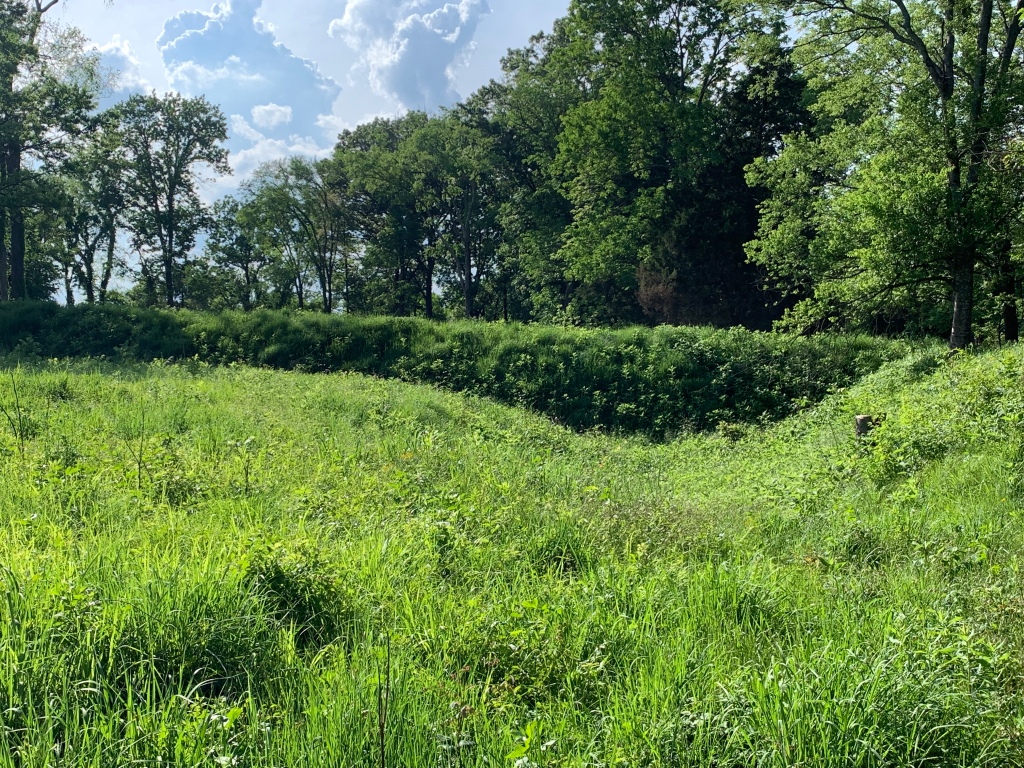
While I took the 1902 tour focusing on Jewish immigrants and the beef riots, the film in the museum was about two Joseph Moores, one black and one Irish, and explored the unequal outcomes dictated by law and society. I highly recommend both, as seldom does history provide so valuable a perspective on current issues such as the importance of activism in resisting inequality and injustice and as the long term impact of systemic racism.
The Levine family lived and worked in a three-room sweatshop tenement producing garments like those above (the one on the right is original), and their butcher’s family lived and worked in the basement. In the spring of 1902, the new scion of the Armour meatpacking firm of Chicago decided to hike the price of Kosher beef by 50%. He was trying to build an estate for his wife which would include a bowling alley, 20 marble fireplaces, fish ponds, a large herd of deer, and a greenhouse for growing oranges. (He inspired Upton Sinclair’s novel The Jungle). The Beef Trust had a monopoly on Kosher beef in New York City (at the time the largest Jewish city in the world), so they simply dictated the new price to all the butchers. The firm was renowned for low pay, strike-breaking, and hardball tactics to get whatever they wanted.
But they underestimated the Jewish housewives of the Lower East Side tenements. The women organized, boycotted, threw bricks through butcher shop windows, burned meat on their floors and even climbed down from the synagogue balconies to throw raw ground beef in the butchers’ faces. In a month, the price rise was reduced by 2/3rds, and a whole generation of suffragettes, union leaders and political activists was born. (In my first job, I worked with old women who had numbers tattooed on their arms, and they were not to be underestimated).
One of the historic Orchard St buildings is undergoing renovations, but all the tours, including the walking tours of the neighborhood are insightful. I recommend Katz’s deli or Russ & Daughters for a bite before or after your tour.






